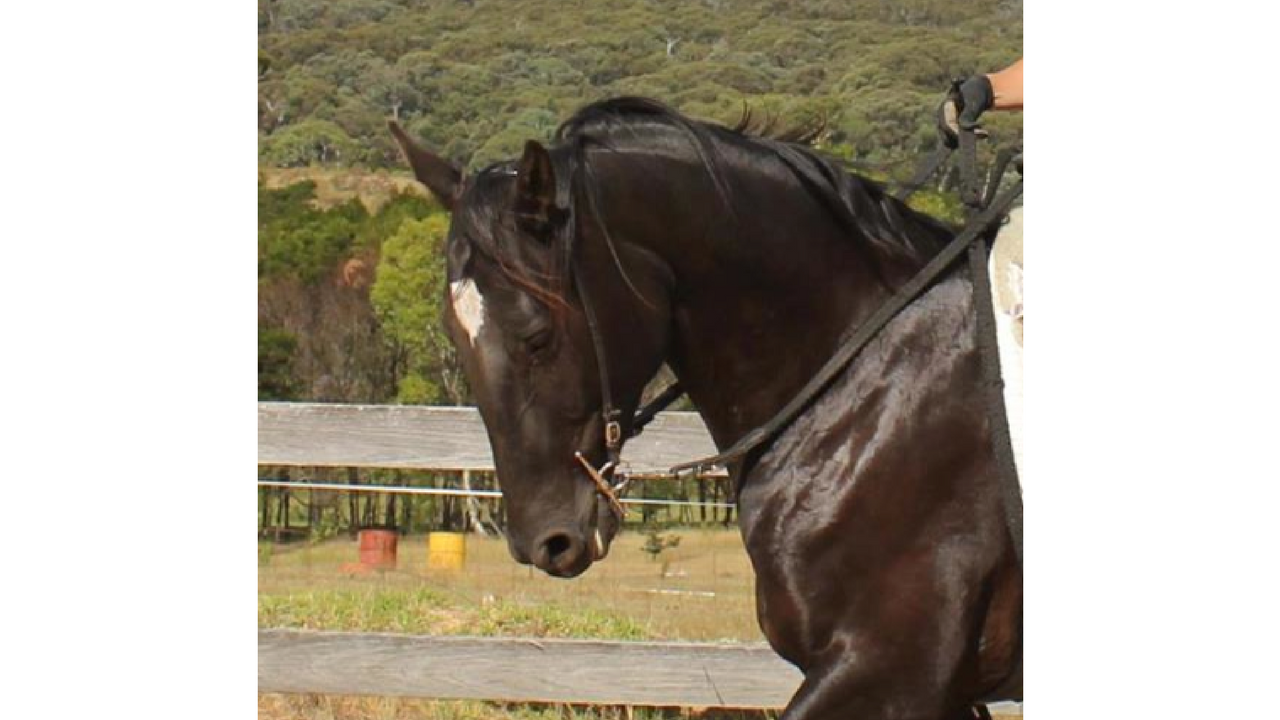
Q&A
Q: Some people talk about the horse holding the contact and then there is give to the bridle, I am confused about the two.
What are your thoughts?
A: It's a great question and something that causes a LOT of confusion. Unfortunately 'contact' is something that has never been defined, so a 'good contact' for one person, maybe a huge amount of pressure for another.
If you look at real classical dressage, or just riding 50+ years ago, horses were in true self-carriage. This means, not only holding frame and lifting their backs, but also not being cued ALL the time with leg and hand. If you look today, especially at modern dressage, horses are being held back by the rein and constantly pushed forward by the leg (we won't even talk about cranking their mouths' shut to increase the sensitivity/pain).
Self-carriage is teaching the horse to do all of these things, frame, softness, elevating the shoulders and maintaining gait, and only applying an aid, be it leg or bit, when the horse needs correcting, i.e. comes out of self-carriage.
As the International Society for Equitation Science (ISES) explains in the training principles - we are looking at training persistence of responses (self-carriage) and rein-tension is a form of negative reinforcement, therefore must be released, in full, when the horse responds correctly.
Horses desensitise to bit pressure very quickly and this means that you will continue to need MORE, not less. Unless the horse receives a release for the correct body posture, you will end up carrying the horse around or holding it in frame, as you see in modern, high-level dressage.
Many people worry about the actual dressage test itself and, personally, I ride my horse for the 5 minutes it takes to do a test, with a 'good contact' and then re-train it afterwards.
I hope that makes sense, it's a fabulous question and one that I am often asked so I'd better make a video about it!
Thanks so much for asking and let me know if this has helped.
If you'd like this series delivered directly to your inbox, click here.

